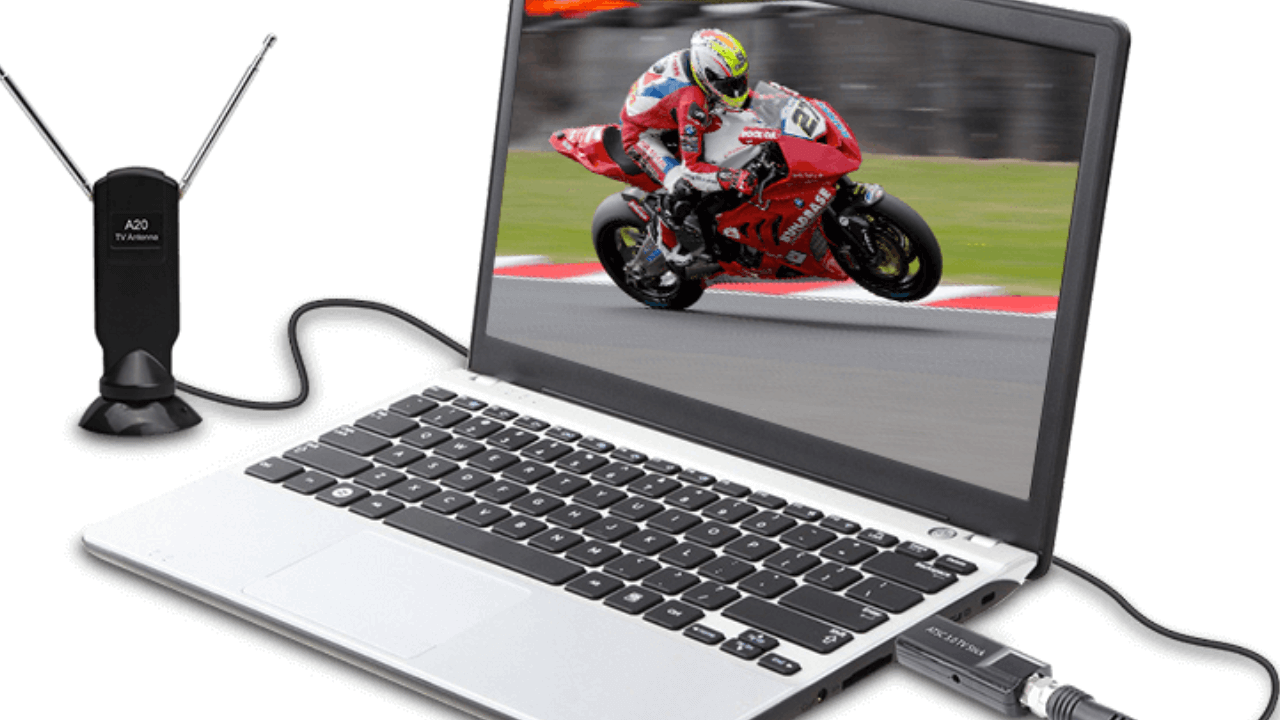Android-based digital signage players are cutting-edge devices that revolutionize how businesses and organizations communicate with their audiences. These players are designed to increase engagement and provide dynamic content. They use Android operating systems to provide versatile and intuitive solutions. By seamlessly integrating into existing digital signage networks, these players offer flexibility and customization to meet a wide range of industry needs.
One of the key features of android digital signage player is their ability to support a variety of media formats, including videos, images, and interactive content. This allows businesses to create eye-catching displays, improving customer experience and brand visibility. These drives often come with robust hardware and software that ensure smooth performance and reliability even in demanding environments.
Additionally, these readers often offer remote management capabilities, allowing administrators to monitor and control displays from anywhere, saving time and resources. As the digital signage industry continues to evolve, Android digital signage operators remain at the forefront, driving innovation and changing the way businesses communicate with their audiences.
Android Digital Signage Player Specifications
Digital Signage Players for Android are powerful devices that enable dynamic, interactive communication with your audience. These readers are available in various specifications to suit the needs of different industries. Here are some basic specifications of Android digital signage players highlighting their capabilities and features:
Operating System and Processor
The Android digital sign readers run on the Android operating system, which provides an intuitive user interface and access to a large application ecosystem. The choice of operating system is fundamental as it determines compatibility with various programs and content management systems. Powerful processors such as quad-core or octal-core are common in these players, allowing complex multimedia content to be processed smoothly.
Memory (RAM and Storage)
Adequate memory is crucial for smooth multitasking and media playback. Android digital signage players typically have varying amounts of RAM, typically between 2GB and 8GB or more. The increased RAM capacity allows the player to run multiple applications at the same time without lag. Some devices also offer storage expansion options, allowing users to add external storage devices via USB or an SD card slot.
Graphics and Display Support
Android digital signage players are equipped with advanced graphics processing units (GPUs) that support High Resolution (HD) and Ultra High Definition (UHD) resolutions. GPUs that support technologies such as 4K Ultra HD and HDR (High Dynamic Range) deliver stunning visual experiences, making them ideal for displaying detailed images and videos. Additionally, some players support advanced display features such as image compensation and rotation, enabling creative and immersive display configurations.
Connectivity Options
Android digital signage players offer a range of connectivity options for seamless integration into existing networks and devices. They have built-in Wi-Fi modules that support the 2.4 GHz and 5 GHz bands, enabling wireless connection to the Internet and local networks. Ethernet ports are also widely available and provide reliable wired network connections.
Using the Bluetooth function, these players can connect to peripheral devices such as keyboards, mice, sensors, and interactive devices. Additionally, USB ports and SD card slots allow you to connect external storage devices, cameras, touchscreens, and other accessories.
Content and Remote Management
Android digital signage players come with pre-installed or downloadable content management applications that simplify the process of creating, scheduling, and updating content. These applications allow users to design multimedia presentations, playlists, and interactive experiences.
Additionally, they support various media formats including video, images, audio, and HTML5 content. Cloud-based solutions further increase flexibility by allowing users to manage multiple displays and players in different locations and from anywhere via an internet connection.
Sum Up
The Android ecosystem enables developers to build applications tailored to their needs, allowing businesses to personalize messages and provide targeted information. Android digital signage players offer a wide range of specifications to meet a variety of digital signage needs. Their robust hardware, advanced graphics capabilities, connectivity options, and content management capabilities make them versatile tools for enterprises.

